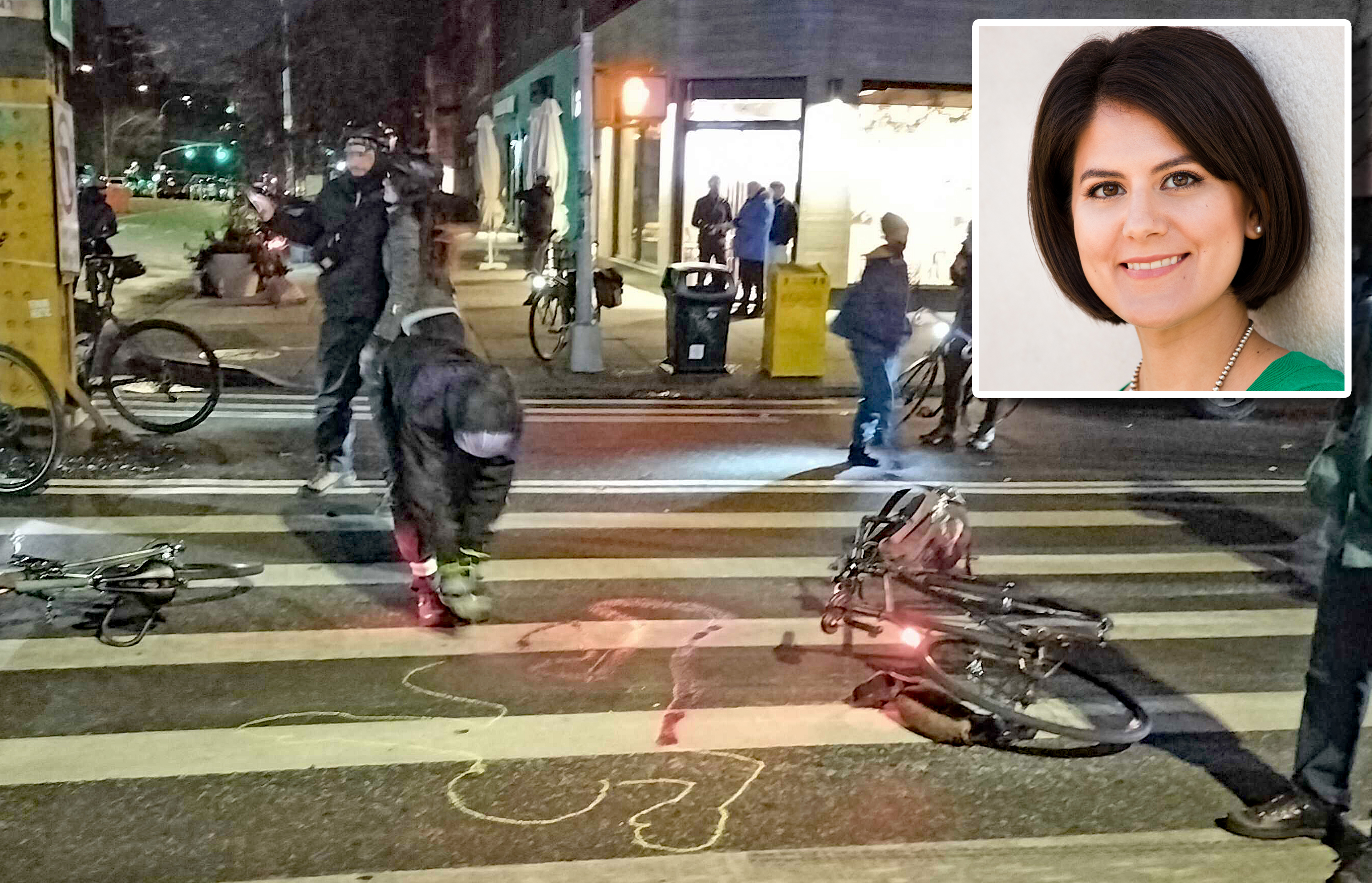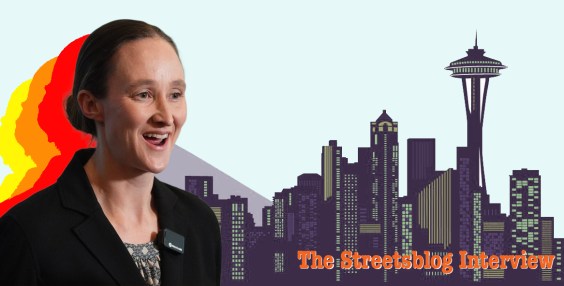Why is Sammy's Law so important? Why are activists staging a hunger strike to get the state Assembly to pass a law that would allow New York City to reduce some speed limits to 20 miles per hour from the current 25?
Because people are dying and being maimed on New York's most-dangerous 25-mile-per-hour streets.
And, ironically, one of the most dangerous roadways — East Gun Hill Road — is in the district of the Assembly Speaker who reportedly opposes Sammy's Law.
The bill does not mandate lower speed limits, but would only allow New York City to reduce some — and the city Department of Transportation would likely start on the streets with the most crashes, many of them in low-income communities of color.
Where are these streets exactly? Using collision reports, information on what causes crashes, and speed limit postings that are contained in the city’s Open Data Portal, Streetsblog was able to map the 50 street segments currently posted at 25 miles per hour with the highest rates of collisions.
Collision and speed limit data from the NYC Open Data portal. Code available on Github.
These 50 streets, which account for about 2 percent of the city’s total street space, account for 8 percent of all crashes, and 8 percent of all injuries since 2019. Here's a map:
Unsafe driving caused more than 575,000 traffic collisions in New York City since 2019, according to city statistics, or roughly 356 per day. Those crashes injured 224,776 people, including 22,295 cyclists and 37,343 pedestrians, and killing 1,149 people total.
Most of New York’s streets have speed limits of 25 miles per hour, the lowest permitted. But that doesn’t make them any less dangerous. On streets with 25-mile-per-hour speed limits, there were 444,000 crashes, 16,000 injuries, and 783 deaths over the same period.
Midtown, Harlem, the South Bronx, and a narrow swath of Brooklyn were hot spots for crashes over the past three and a half years. On Bushwick Avenue, which is in the districts of Brooklyn Council members Sandy Nurse and Jen Gutierrez, for example, 1,800 motor vehicles crashed were reported, injuring 851 people and killing three. (Gutierrez carried the "Sammy's Law" home rule resolution in the City Council.)
And one of the most dangerous streets in the city is Laurelton Parkway in Eastern Queens, a roadway contained inside the district of Council Member Selvena Brooks-Powers, who eventually signed onto the Gutierrez resolution).
Another exceptionally dangerous roadway, East Gun Hill Road, is not only in Assembly Speaker Carl Heastie's district — it's where Sammy's Law supporters on Monday protested Heastie's lack of support. There have been 1,375 reported crashes on the roadway since Jan. 1, 2019, or roughly one per day, injuring 665 people, four fatally.
So these are the areas that are perfect for a test of a lower speed limit. But, really, any roadway where drivers speed is an ideal place to lower the speed limit, experts say.
"I have seen over and over and over again what happens when a car or vehicle strikes a body. Speed is much more important than anything else," said Deborah Travis, a nurse who was in Albany this week to support Sammy's Law.
Research is clear that lowering speeds in high collision corridors reduces crashes and makes them less deadly. A car traveling at 30 miles per hour has a 45-percent chance of seriously injuring a pedestrian. At 20 miles per hour, that risk drops to 5 percent. In Britain, urban 20 mile per hour zones reduced the incidence of traffic crashes by 60 percent.
"I was never really good at science, but force is mass times acceleration, we learn that in school," said state Sen. Andrew Gounardes (D-Bay Ridge), a staunch supporter of efforts to rein in reckless driving. "We know the speed limit and acceleration is simply too high and simply too fast. And we also know that cars are getting bigger and heavier on our roadways. Some vehicles have doubled and tripled in weight over the last five years alone. ... How many more broken hearts do we have to hear from, time and time again, telling us, proving us, that very simple scientific formula? I think we've heard too many of those stories already, which is why Sammy's Law is so critically important."
— with Gersh Kuntzman and Julianne Cuba






